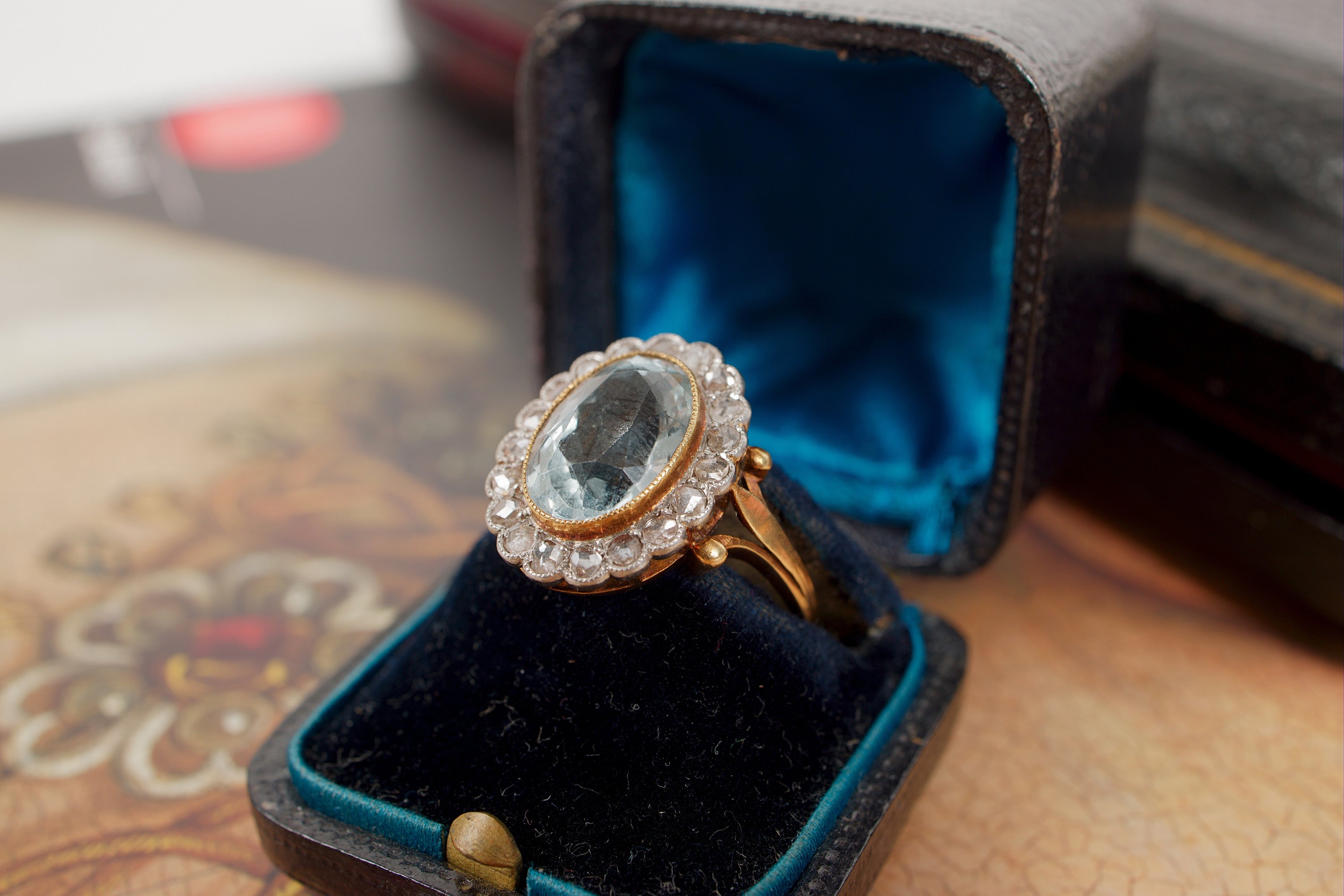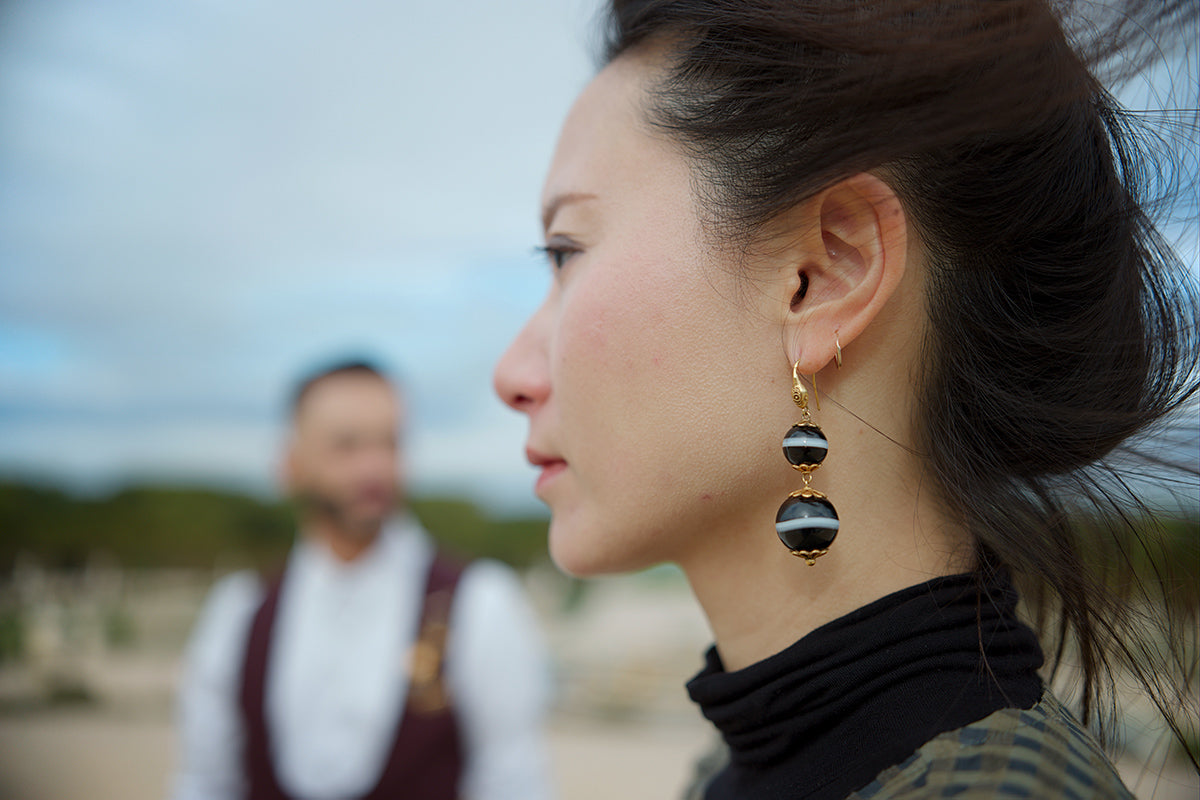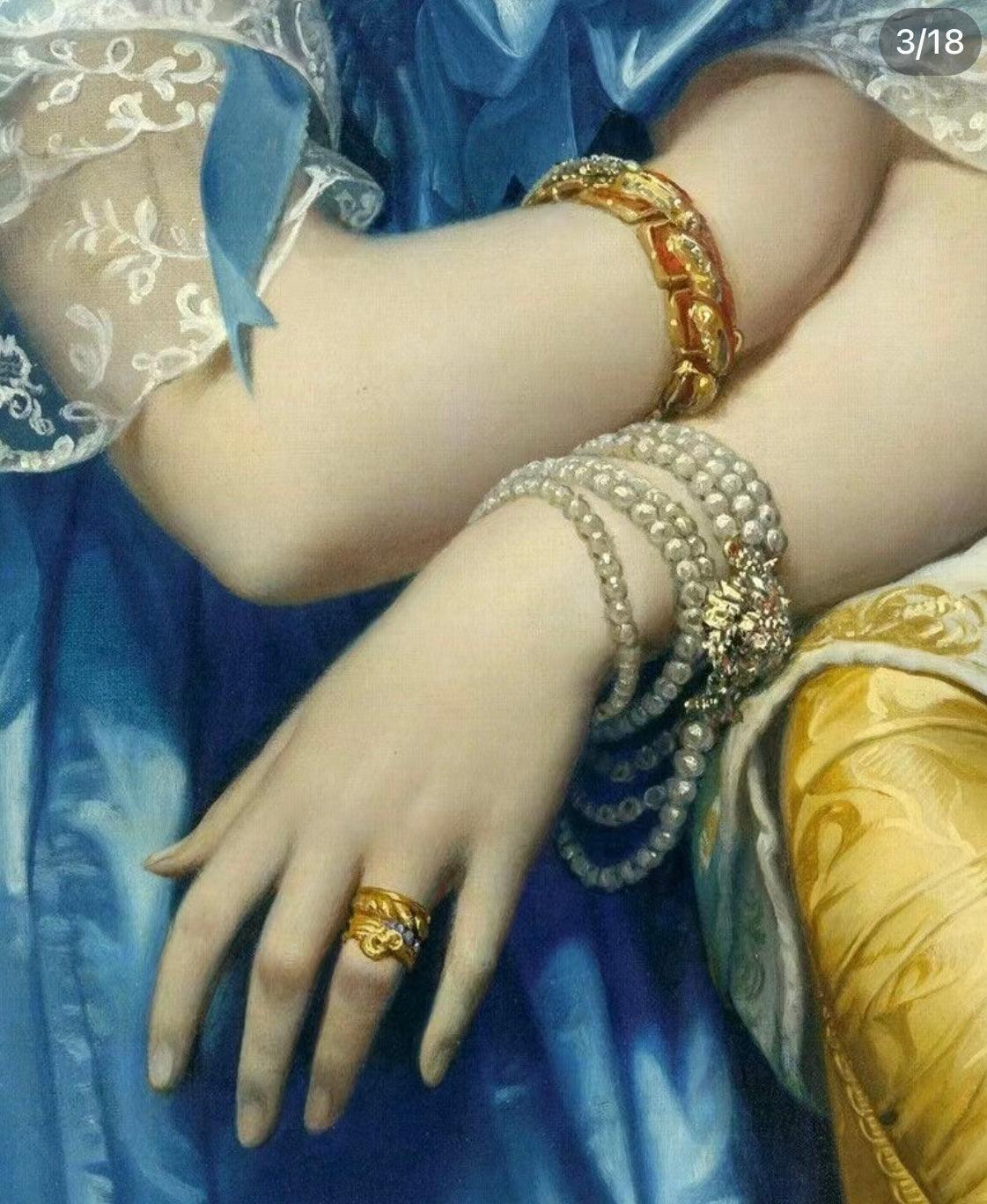
Sentimental Jewelry: A History of Love and Devotion
The history of sentimental jewelry dates back centuries, with the earliest examples found in ancient civilizations such as Egypt and Rome. However, it was during the 19th century that sentimental jewelry reached new heights of popularity, thanks in part to advancements in manufacturing techniques.
During the Victorian era, sentimental jewelry was used to express deep emotions and convey messages of love and affection. It was a way for people to express their feelings in a society that placed strict limits on public displays of emotion. Jewelry was seen as a way to keep loved ones close, even when they were physically apart.
One of the most common motifs found in sentimental jewelry from this era was the flower. Flowers were used to convey messages of love and affection, with each flower having a specific meaning. For example, a forget-me-not was a symbol of remembrance, while a rose represented love and passion. These flowers were often carved from gemstones or painted on porcelain, and were set into brooches, bracelets, and lockets.



Today, sentimental jewelry remains a popular way to express emotions and convey messages of love and affection. While the designs and motifs may have changed, the sentiment remains the same. From engagement rings to lockets and charm bracelets, sentimental jewelry continues to hold a special place in the hearts of collectors.









Leave a comment
This site is protected by hCaptcha and the hCaptcha Privacy Policy and Terms of Service apply.